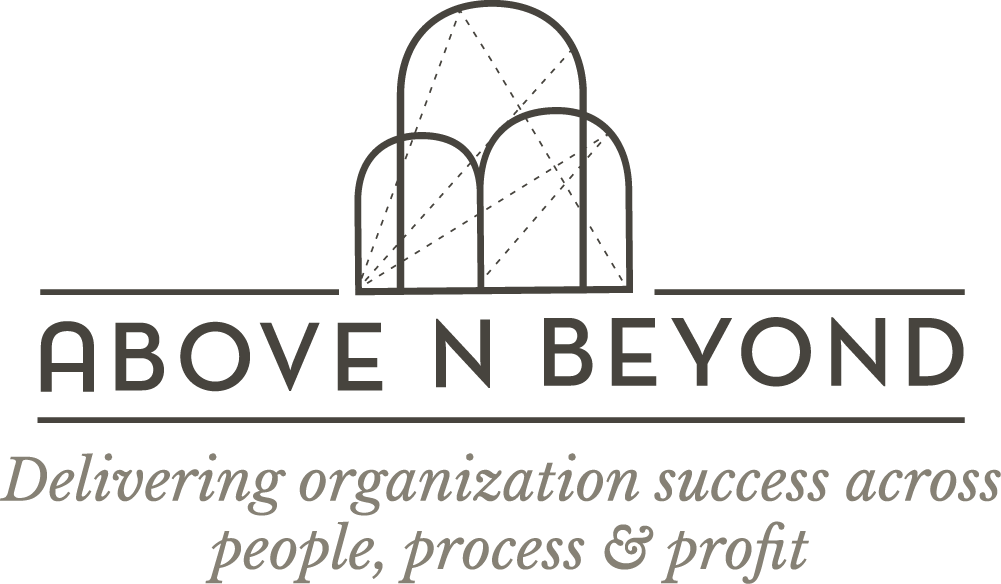Start Building Your Leadership Pipeline Much Before You Need them to Deliver
In the early days of an organisation, building a leadership pipeline isn’t top priority. The focus of the founder/s is on growing the business, on getting things done. As the organisation scales, the founders start feeling the need to delegate because there are too many things to do.
Around the same time, the realisation sets in that your business is unable to scale because your second rung of leaders is simply not ready. You’re faced with an unfortunate situation where you find revenue slowing not because there’s no market, but because don’t have the leaders who can go out there and deliver.
Leadership Development is an Extended Process
The time to start grooming your second rung of leaders is not at the point when you need them to deliver. The process needs to start much before that. Often, one of the biggest roadblocks to building a leadership pipeline is the leader’s reluctance to let go or allow mistakes to be made. The ability to behave collaboratively, rather than keeping your territory guarded, is not always easy to master, especially when you’re passionate about the business. So, that’s really the first step.
Once you’ve made the decision to delegate, there are two broad aspects to consider. First is to invest time and effort in helping your prospective leaders understand the ‘why’ of the organisation. For example, every founder starts his/her company with a particular vision and thought. That vision needs to be translated as accurately and seamlessly as possible to the next rung. And the second is keeping the ‘why’ as the construct, enabling them to grow.
Facilitating Growth
In a majority of cases, the focus on growing the leadership team is very revenue driven. When the business grows, the person below you is expected to take on your role. They may be aware of immediate short-term revenue goals, but they neither understand how they are expected to achieve the goals, nor are they clear about the end goal or vision of the company. They aren’t likely to have the same values, understanding and judgement as the leadership team unless they have been coached as such.
Providing this clarity is important. Many a times, leaders driving the scale themselves are unclear. Hence, it becomes important to articulate the ‘why’, ‘what’ and ‘how’ and helping them understand what the company needs to achieve.
So, an important aspect of leadership development is to help the person understand the skills and behaviours that they need to move to the next level; and then helping them develop those skills. These should be against the need from their jobs and relevant context. Understanding that you need to create a capability before you expect a successful transition is crucial. Facilitating that transition could mean allowing people to dip their toes into decision making. You need to be ok to let people make decisions and more importantly, be ok if a certain decision backfires.
Investing Time to Contextualize
Once you’ve identified the need to actively develop your next rung of leaders and are facilitating skills development, what next? To make the transition successful, your prospective leaders need to get a good handle on the context within which the organisation operates. Generic training programmes, though helpful for skills development, have little value when it comes to understanding the context. Instead, it requires a regular and meaningful dialogue with the leadership team. Leaders need to invest enough individual time to make this happen effectively.
—
Building a leadership pipeline needs to begin much before you need those leaders to deliver. And enabling them to make that transition successfully is the only way to sustain organisational growth.
